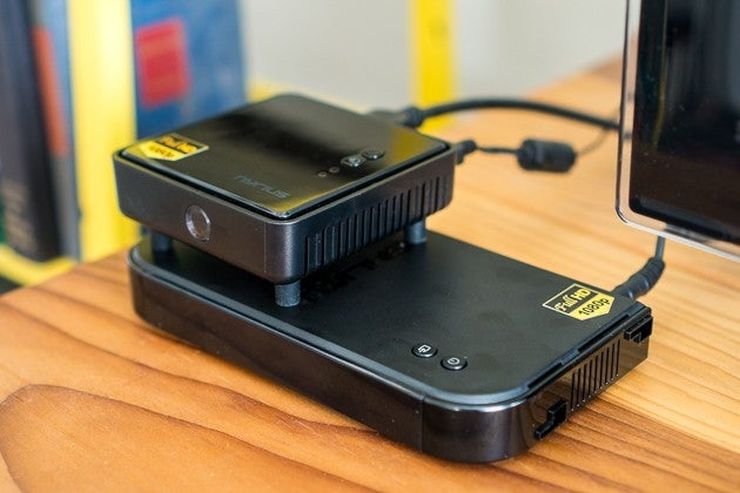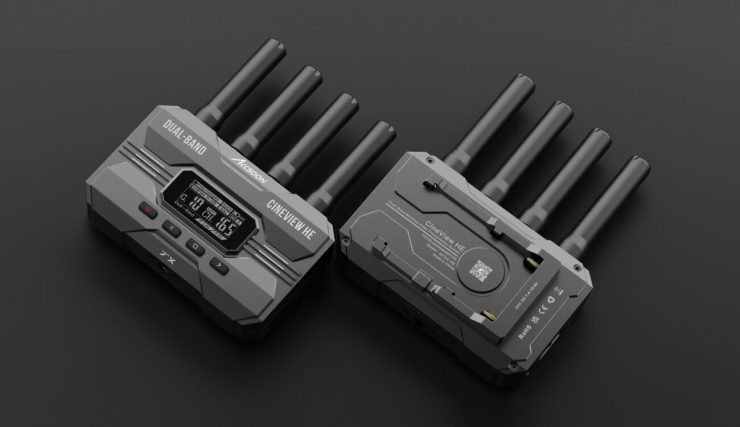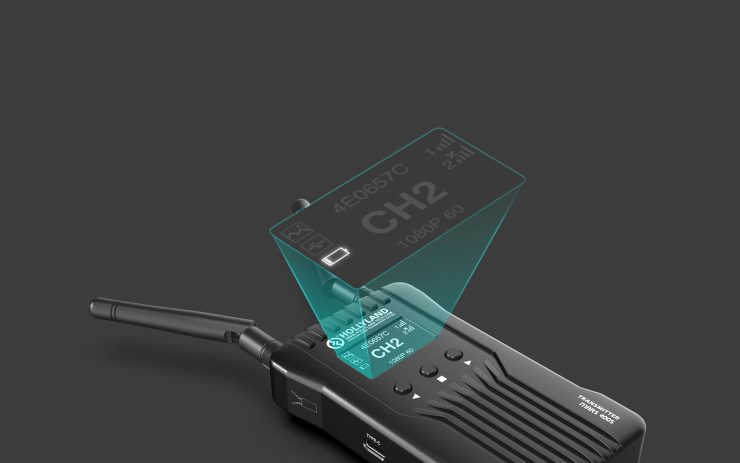As technology advances, more and more devices are becoming wireless. From phones to computers, everything went cordless and people are increasingly untethered from wall plugs. But as the number of wireless devices multiplies, so does our need for everything to be wire-free.
So, we’ve come to the point where we want and need wireless video transmission. A wireless HDMI, if you will.
And, the good thing is – those things already exist and they’re probably a lot better than you’d expect them. But on the other hand, how do they work? What kind of witchcraft is it play there? Well, let’s find out!
How Do Wireless Video Transmission Systems Work?

Wireless transmission system is used to send signal, wirelessly, from one location to another, or better yet, from one device (transmitted) to another (receiver). The same works for video.
There are many different types of these systems available on the market today, and each has its own set of features and benefits, but they all share the same goal: to provide a clear and uninterrupted video signal without the need for any cables or wiring.
The way this works is both pretty simple and very complex. What we mean by that is that the main premise is quite easy to understand – the video signal is sent wirelessly from the transmitting device to the receiving device – but the technology behind it is quite intricate.
What you need to understand is that the transmitter is not the starting point. The transmitter is the device capturing video and audio signals from another input device. Then, the transmitter wirelessly sends video and audio signals to the receiver, where these signals are decoded and outputted through a visual medium like a TV or a monitor.
As for how the signal is sent, the answer is the following. The wireless video transmission systems use radiofrequency (RF) waves to send the video signal from one location to another. The RF waves used by these systems are similar to those used by cell phones, WiFi routers, and other types of wireless devices. This method allows for very low latency and decent quality video (up to 1080p; for now).
The main difference is that the RF waves used by wireless video transmission system is specifically designed for the purpose of transferring video, not data.
As mentioned previously, the video signal is encoded into the RF waves by the transmitter, and then these waves are sent through the air to the receiver. The receiver decodes the signal and outputs it to a display device.
It’s important to note that there can be interference between the RF waves used by different wireless devices, which is why these can only transfer signals up to a certain distance. The further the transmitter is from the receiver, the weaker the signal will be, and eventually, there will be too much interference for the receiver to decode the signal properly and you’ll be met with a blank screen. However, you won’t experience increased latency or choppy image as long as you’re in the covered range. Due to radio frequencies, these things either work perfectly or they don’t. There’s no in-between.
Now that we’ve answered the question “how do wireless video transmission systems work?” it’s time to move on to the next one, which is – what are the applications of these systems?
Where Can We Use These?

What is the first thing that comes to your mind when you picture an HDMI wireless transmitter and receiver? You think of wire-free gaming, don’t you?
You picture your PS5 just standing there with a simple dongle connected to it, beaming the image to your brand new TV without any messy cables in sight. And that’s exactly one of the applications these devices have.
But that’s not all. Not by a long shot.
You see, an HD video wireless transmission system, similar to the one you can see if you click here is capable of so much more than just transferring images from your console to your TV. And, if we’re being perfectly honest, when it comes to gaming, we’d still stick to wired connections. After all, you can’t expect 120 Hz or 4K resolution (let alone both at the same time) via a wireless SDI/HDMI transmission system. That’s a job for a DP cable.
Anyway, back to what you can do, instead of can’t.
What you can do is transmit audio and video, in real-time, as you’re capturing it. Just imagine, a group of videographers and photographers at a wedding or a gala, with top-notch professional-grade cameras and DSLRs, just snapping photos and shooting videos while simultaneously feeding that same content to the editors sitting in the corner.
Or, just imagine a live show where cameramen can move around freely, without being restricted by the wires and cables. Just imagine the wildlife shots for documentaries that we could take if we didn’t have to worry about cables and power sources and whatnot.
That’s what these things are capable of. And that’s just the tip of the iceberg.
We could go on and on about all the different applications and use cases for these, but we think you get the idea. Now it’s time for us to move on to the next question.
What Are Some Of The Benefits Of Using A Wireless Video Transmission System?

The first and most obvious benefit is that you don’t have to worry about cables. No more tripping over them, no more worrying about somebody stepping on them and breaking something. It’s all gone.
The second benefit is that these systems are very easy to set up and use. If you’ve ever tried to run a cable through your walls, you know that it’s not an easy task. Even if you’re good at it, it’s still a time-consuming and tedious process. With wireless systems, all you have to do is connect the transmitter to the source and the receiver to the display device and you’re good to go.
The third benefit is that these systems can work at a distance. Some will try and present this as a con, but let us tell you this – the most you could get from a premium HDMI or a DP cable is about 50 feet. These “limited reach” wireless thingies? 500 feet – no sweat.
The fourth benefit is that these systems are very reliable. As we’ve already mentioned, interference is not an issue with RF waves. So, as long as you’re within range, you can be sure that the signal will be perfect.
The fifth and final benefit is that these systems are very affordable. You can find some really good stuff for under $500.
Conclusion
So, there you have it. That’s everything you need to know about how wireless video transmission systems work and what their benefits are. We hope you found this article helpful and informative. Take care!
Related Posts:
- 20 Best Gaming Headset Under 50$ 2024 - for PC, PS4,…
- Top 10 Best Dog Nail Grinder 2024 - Best Care for Your Pet
- Top 10 Best Power Inverter for Car 2024 - Keep Your…
- Top 10 Best Modem For Gaming 2024 - For Optimum Gaming Speed
- 15 Best Dog Food For Allergies 2024 - Adult, Puppy…
- 12 Best Car Wax For Black Cars 2024 - Protection and…







